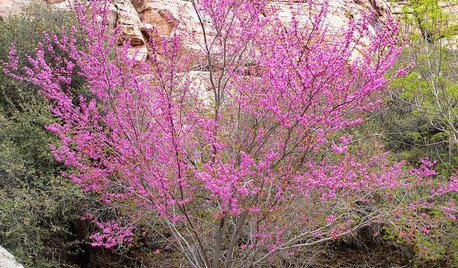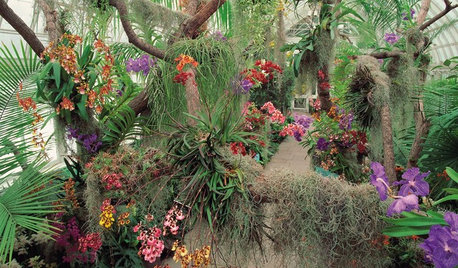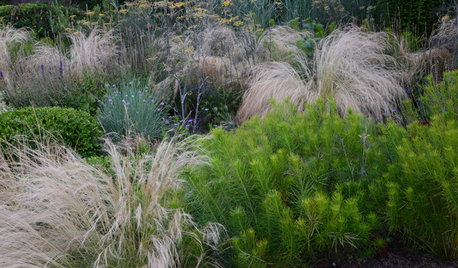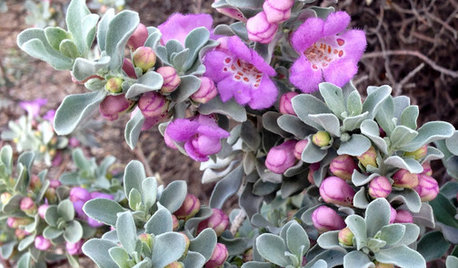Will natural (interspecific) hybridization occur?
njbiology
14 years ago
Related Stories

FLOWERS AND PLANTSPlant Ilex Cassine for a Privacy Screen That Feeds the Birds
Dahoon and its hybrids provide lovely evergreen foliage in southeastern U.S. gardens
Full Story
GARDENING GUIDES10 Top Native Plants for Northern California Gardens
Enjoy a fuss-free, water-wise garden by growing plants naturally in tune with the climate and wildlife of Northern California
Full Story
FLOWERSSee the Amazing Orchids Unfolding at a New York Garden Show
Get an eyeful of awe-inspiring orchids in incredible colors and learn how to keep one happily blooming at home
Full Story
REMODELING GUIDESSee What You Can Learn From a Floor Plan
Floor plans are invaluable in designing a home, but they can leave regular homeowners flummoxed. Here's help
Full Story
GARDENING GUIDESWhat Kind of Roses Should You Grow?
Want to add the beauty of roses to your garden? Find out which ones, from old-fashioned to modern, are right for you
Full Story
GARDENING GUIDES4 Ways to Break the Rules in Your Garden
For a more creative landscape design, take a different approach to planting
Full Story
FLOWERSRudbeckia Mania: Go Beyond Black-Eyed Susan in the Garden
Branch out from typical nursery fare, with lesser-known Rudbeckia species that have delightfully unexpected features
Full Story
DECORATING STYLES7 Ways to Add Mediterranean Elegance to Your Home
Embrace the easy style and romance of the Mediterranean through color, texture, classic accents, and light
Full Story
GARDENING GUIDES10 Essential Native Shrubs for Southwestern Gardens
Look no further than these Southwestern beauties for a colorful, low-maintenance landscape
Full Story
DECORATING GUIDESNovel Ways With Bedroom Books
Reading and relaxing go hand in hand. See how designers are incorporating mini and all-out libraries in the bedroom
Full Story






brandon7 TN_zone7
Related Professionals
Danbury Landscape Architects & Landscape Designers · Cottonwood Landscape Architects & Landscape Designers · Kapaa Landscape Architects & Landscape Designers · Paradise Landscape Architects & Landscape Designers · Norwood Landscape Contractors · Williamsburg Landscape Contractors · Arlington Landscape Contractors · East Lake-Orient Park Landscape Contractors · Salmon Creek Landscape Contractors · Wallingford Landscape Contractors · Alsip Fence Contractors · Bonney Lake Fence Contractors · Burbank Fence Contractors · Oak Creek Fence Contractors · Tulsa Fence Contractors